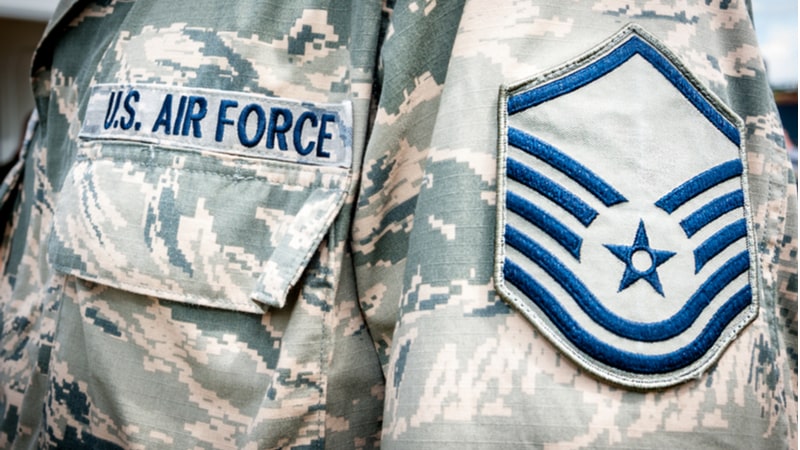
When the coronavirus pandemic emerged, the U.S. Air Force Research Laboratory (AFRL) was well-postured to take on the challenge of hybrid work. But the agency still has more work to do to meet that continued operational challenge, according to an agency official.
“As the pandemic hit, perhaps somewhat serendipitously, several efforts were already underway at the [AFRL] … where the organization recognized and was already deploying technologies to enable digital transformation, digital engineering,” James Sumpter, the chief enterprise architect at the AFRL, said during a GovExec and HP webinar on Jan 30.
Sumpter explained that a number of those technologies the laboratory deployed aided in “asynchronous and synchronous remote collaboration.” The laboratory successfully leveraged cloud, video, and file-sharing capabilities for a hybrid work environment. But as it continues to operate in the distributed workplace, a tremendous amount of work remains – specifically with securing networks and systems.
“Previously, we had a very ‘protect the castle’ approach to security, but we’re in this situation where our endpoints are more distributed. We must move from this perimeter-based security posture to a data-centric security posture. So, we are moving to where we trust nothing and verify everything,” Sumpter said.
“One of the key support areas we have as part of our hybrid work strategy going forward is zero trust,” he said.
But enabling zero trust in an organization is a journey – it’s not something that you can flip a switch and have working for everyone on short notice.
“So, we’re on that journey,” Sumpter said. “We’re in this transition posture, moving from that perimeter-based security approach with our boundaries. We will continue to invest in improving capabilities and what we can bring from commercial technologies.”
In addition, Sumpter explained there are limitations to operating in distributed environments – like understanding and organizing around the fact that not all work belongs in a remote workplace.
“There are some limitations to these distributed work environments that we continue to move towards; there will continue to be physical limitations on what kinds of things you’re working on and where you can work on them,” Sumpter said.
“So we’re not going to completely get around the fact that if you’re working on something sensitive, you need to be in the appropriate place when you’re working on that,” he said.
